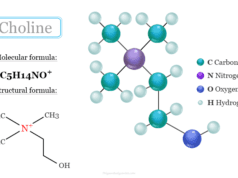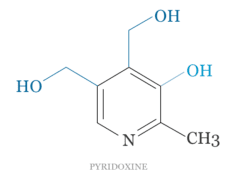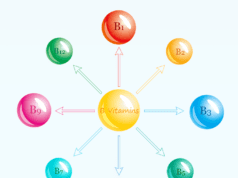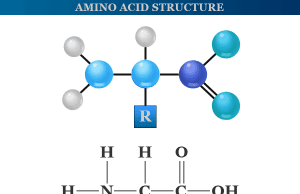Glucose Molecular Formula
Glucose is the simplest type of carbohydrate or sugar molecule that has the molecular formula C6H12O6. It is an odourless and sweet monosaccharide that may occur in solid or liquid form and is highly soluble in water and acetic acid. During energy metabolism, glucose provides most of the energy in living organisms and maintains the blood sugar level in animals. The glucose molecule is stored as a polymer in plants and animals as monosaccharides or carbohydrates (mainly as starch, amylopectin, and glycogen). It is one of the important sources of energy for human health along with proteins and fats. The name glucose is obtained from the Greek word “glykys” which means sweet.
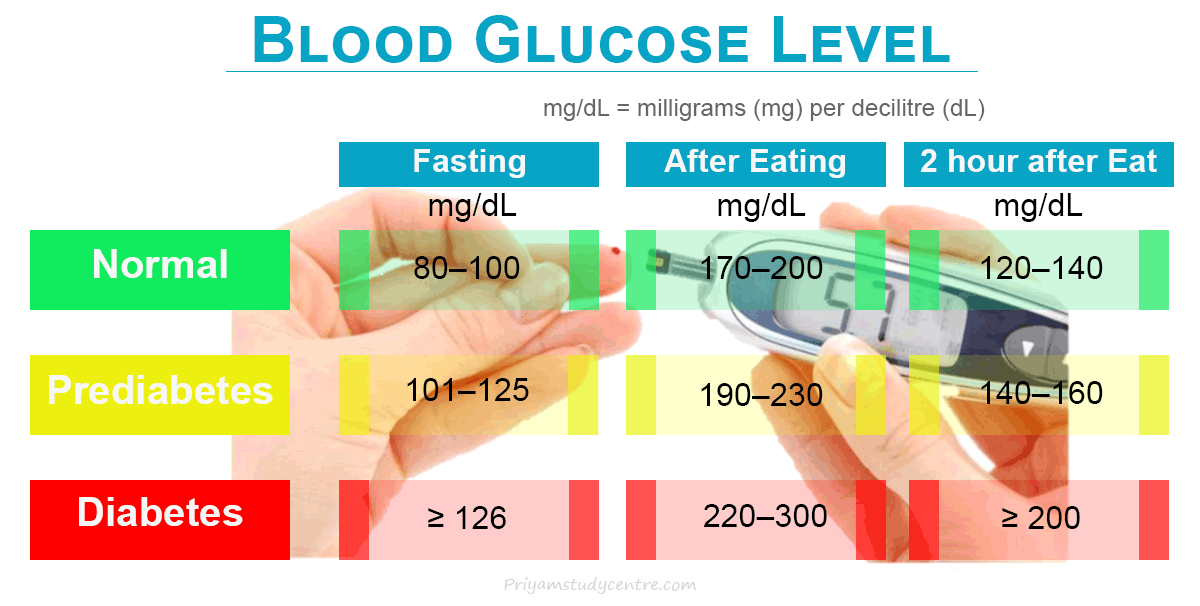
The naturally occurring form, D-glucose is found mainly in fruits and honey and circulates in the blood of higher animals. The other stereoisomer, L-glucose produced synthetically in comparatively small amounts. It is a monosaccharide containing six carbon atoms and one aldehyde group in its molecule. Therefore, it is an aldohexose that helps in our metabolism.
For the analysis of complex mixtures containing such sugar molecules, chromatographic methods such as high performance liquid chromatography (HPLC) and gas chromatography (GC) combined with mass spectrometry are used.
Structure of Glucose Molecule
Glucose is a monosaccharide that has a chemical formula C6H12O6. It is the simplest sugar that contains six carbon atoms and six oxygen atoms in its structure. The aldohexose can exist in two forms, open-chain or ring structure.
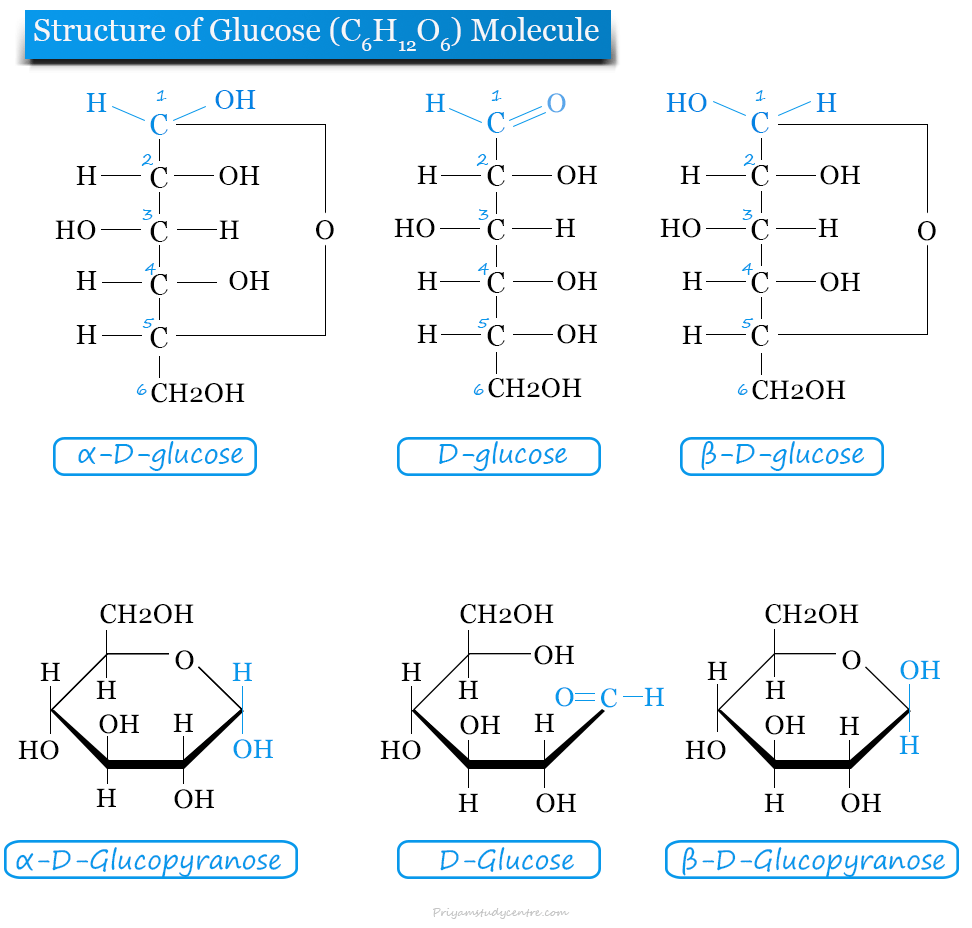
The naturally occurring form, D-glucose is found mainly in fruits and honey and circulates in the blood of higher animals. It may also synthesized in the liver and kidneys of higher animals. The process where it can be obtained from the breakdown of glycogen is called glycogenolysis.
Open-chain Form of Glucose Molecule
The equilibrium mixture contains 63% β-anomer and 36% α-anomers. Therefore, only 1% of open chin forms are present in the equilibrium mixture. In aqueous solution, the β-form is more predominant due to its stability.
Cyclic Forms of Glucose Molecule
All the forms of glucose have molecular formula C6H12O6. For a better understanding of glucose molecular structure in chemistry, let us consider the formation of hemiacetals and hemiketals when an aldehyde or ketone reacts with alcohol.
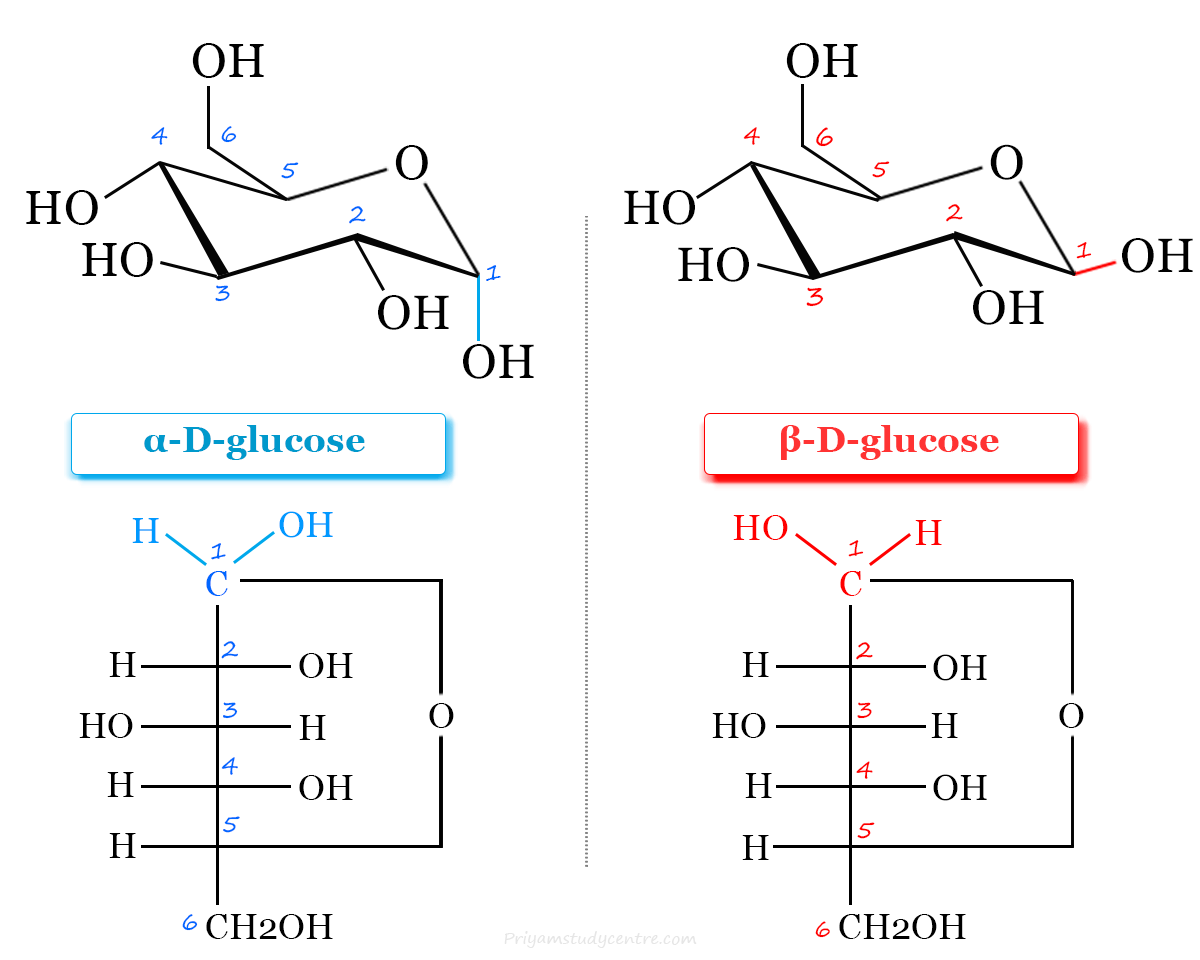
The hydroxyl group of monosaccharides can react with its own aldehyde or keto functional group to form hemiacetal and hemiketals. Therefore, the aldehyde group present in the C1 position of glucose can react with an alcoholic group at the C5 position. In this way, it forms two types of hemiacetals namely, α and β-hemiacetals.
When a monosaccharide is dissolved in water, the optical rotatory power of the solution gradually changes until it attains a constant value. Therefore, a freshly prepared solution of glucose has a specific rotation of +111°. When the solution is allowed to stand, the rotation falls to +52.5°.
The final stage can be reached more rapidly either by heating the solution or adding some catalyst which may be an acid or base. Such change in specific rotation is called mutarotation. All reducing sugars may exhibit mutation.
Mutarotation
In learning chemistry, mutarotation is defined as the change in the specific rotation representing the interconversion of α and β forms of D-glucose to an equilibrium mixture.
The α and β forms of D-glucose are called anomers. They differ from each other in the configuration only around the C1 position. Therefore, C1 carbon is called anomeric carbon or hemiacetal carbon.
In the case of α-anomer, the -OH group held by anomeric carbon is on the opposite side of the group of -CH2OH of the sugar ring. The revere is true for the β-anomeric form.
Preparation of Glucose (C6H12O6)
We can prepare glucose molecules in the chemistry laboratory or factories from sucrose (cane sugar) and starch. These two are the two common sources of sugars.
Preparation from Sucrose
Sucrose is a disaccharide that has the chemical formula C12H22O11. When we boil an aqueous solution of sucrose obtained from sugar cane with dilute hydrochloric acid (HCl) or dilute sulfuric acid (H2SO4), equimolecular proportions of glucose and fructose are obtained.
C12H22O11 + H2O → C6H12O6 (glucose) + C6H12O6 (fructose)
Preparation from Starch
In the human body, starches are hydrolyzed by amylase from pancreatic or salivary to form dextrins. Finally, it may converted into maltose and glucose units.
Such conversion of a glucose molecule may also carried out by boiling with dilute H2SO4 at 393 K under 2 to 3 atmosphere pressure.
(C6H12O5)n + n H2O → n C6H12O6
Properties
A white or colorless glucose molecule is highly soluble in water and acetic acid but partially soluble in methanol and ethanol solutions.
| IUPAC Name | D-Glucose |
| CAS Number | 50-99-7 |
| Chemical Formula | C6H12O6 |
| Molar mass | 180.156 g/mol |
| Density | 1.54 g/cm3 |
| Melting point | α-D-Form: 146 °C β-D-Form: 150 °C |
| Appearance | Appearing as a white powder |
| Solubility | Highly soluble in water and acetic acid but partly soluble in ethanol |
| Dipole moment | 8.6827 D |
| Heat capacity | 218.6 J K−1 mol−1 |
| Entropy at 298K | 209.2 J K−1 mol−1 |
Chemical Properties
Oxidation
Depending on the oxidizing agent, the terminal aldehyde or alcohol, or both the group may oxidize. Therefore, when we consider a glucose molecule,
- Oxidation of the aldehyde group results in the formation of gluconic acid.
- Oxidation of terminal alcohol groups leads to the formation of glucuronic acid.
Reduction of Glucose Molecule
When glucose can be treated with reducing agents such as sodium amalgam, the aldehyde group of monosaccharide is reduced to form corresponding alcohol. Therefore, D-glucose can be converted to D-sorbitol in the presence of a sodium amalgam-reducing agent.
Sorbitol, when accommodated in tissues in large amounts, causes strong osmotic effects leading to swelling of cells. Sorbitol can cause various pathological conditions in the human body such as cataracts, peripheral neuropathy, nephropathy, etc.
Dehydration of Glucose Molecule
When treated with concentrated sulfuric acid, it undergoes dehydration with an elimination of 3 water molecules. Therefore, hexoses give hydroxymethyl furfural.
Such furfurals can condense with phenolic compounds to form coloured products. It is the chemical basis of the popular Molisch test.
Osazone Formation
Phenylhydrazine in acetic acid when boiled with reducing sugars, forms osazones. In reducing sugars, the first two carbons (C1 and C2) are involved in osazone formation.
The sugars that differ in their configuration on these two carbons give the same type of osazones. Therefore, glucose, fructose, and mannose give the same types of osazones.
Formation of Esters
The alcoholic group of a glucose molecule may be esterified by non-enzymatic or enzymatic reactions. The esterification of carbohydrates with phosphoric acid is a common reaction in biological systems.
A glucose 6-phosphate and 1-phosphate molecule are good examples of biological systems. ATP donates phosphate moiety in ester formation.
Reducing Properties
Sugars have reducing properties due to the presence of free aldehyde or keto group of anomeric carbon. In the laboratory, many tests identify the reducing properties of sugars.
Such tests may include Benedict’s test, Fehling’s test, Barfoed’s test, etc. The reduction is much more efficient in the alkaline medium than in the acid medium.
Sugars reduce cupric ions (Cu+2) of copper sulfate to cuprous ions (Cu+). Therefore, in the presence of glucose, copper sulfate converted to a yellow precipitate of cuprous hydroxide or a red precipitate of copper oxide.
Benefits of Glucose Molecule
- It is beneficial for treating low blood sugar (hypoglycemia). It works by quickly increasing the glucose levels in your blood.
- It may be consumed by people who cannot eat food due to illness, trauma, or other medical conditions. Therefore, it can be given to people who are sick from drinking too much alcohol.
- It can control high potassium levels in your blood or hyperkalemia.
Glucose Molecule in the Blood
Glucose is the main type of sugar found in your blood and used by your body as a primary source of energy. It comes mainly from foods that are rich in carbohydrates. Our body can break down most carbohydrate-rich foods into glucose and release it into our bloodstream.
Insulin is a polypeptide hormone produced by the beta-cells of islets of Langerhans of the pancreas. It helps in the metabolism of carbohydrates, fats, and proteins for the human health.
Insulin influences carbohydrate metabolism in many ways. It lowers blood sugar levels by promoting, utilization, and storage. It also inhibits the production of such sugar molecules.
When the glucose level in your blood goes up, your pancreas releases insulin. It is the most important stimulus that helps in the release of insulin. Therefore, a rise in blood sugar levels signals insulin secretion. The effect is more predominant when it is administered orally, either directly or through carbohydrate-rich meals.
Normal Blood Glucose Level
A blood sugar level test measures the amount of sugar or glucose in a sample of your blood. After taking a blood sample, the blood sugar test can be carried out in many ways:
- Fasting: After you have not eaten any foods for at least 8 hours. The normal level of glucose after fasting is 70 to 99 mg/dL.
- Random: At any time of the day (random). A random blood sugar test can depend on when you last ate. In most cases, the level will be 125 mg/dL or lower.
- Two hours after you drink a certain amount of sugar: The expected blood sugar level in this condition is 155 mg/dL or lower.
A level of 100 to 125 mg/dL during fasting blood glucose test suggests the prediabetes stage of a person. It increases the risk of developing type 2 diabetes of a person. A level of 126 mg/dL or higher usually suggests the diabetes stage of a person.
In random blood glucose tests, a level of 200 mg/dL or higher suggests the diabetes stage of a person.
Frequently Asked Questions (FAQ)
What does glucose do in the body?
Glucose is the main type of sugar in your blood and provides energy for our body cells. It comes from various foods mainly sugar and grains, we eat. It is also formed in the liver and kidneys from other substances in your body.
A glucose molecule may transported to our cells through our blood and hormones such as insulin can control levels of such sugar in your blood. Therefore, during energy metabolism, it provides most of the energy in living organisms. It also maintains the blood sugar level in higher animals.
Is glucose molecule bad for you?
Along with proteins and fats, glucose is the main type of sugar in your blood and provides energy for our body cells. Therefore, normal levels of such sugar can provide energy for various biological activities in the human body.
High glucose levels (hyperglycemia) in your blood can cause various health problems such as diabetes, heart disease, and kidney problems in the human body. Therefore, high levels of this sugar are bad for you. Low levels are also bad for you because it causes various health issues in the human body.
What makes a glucose molecule?
It can be made by plants through photosynthesis using sunlight, water, and carbon dioxide. It can be used by all living organisms as a source of energy to perform various biological reactions.
Glucose molecules in the bloodstream of higher animals come from carbohydrate-rich foods such as honey, bread, potatoes, fruits, etc. Our body (liver and kidneys) may also make glucose molecules from glycogen, lactate, and amino acids.

